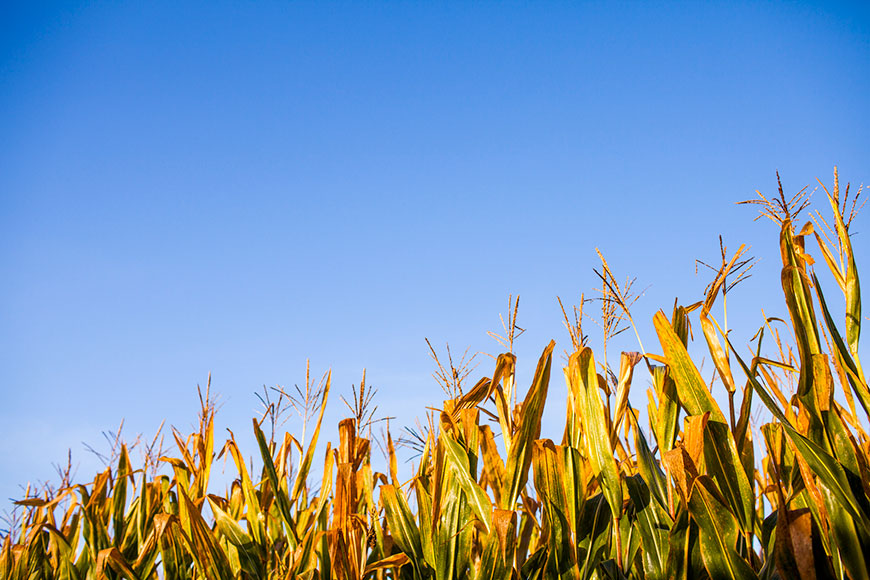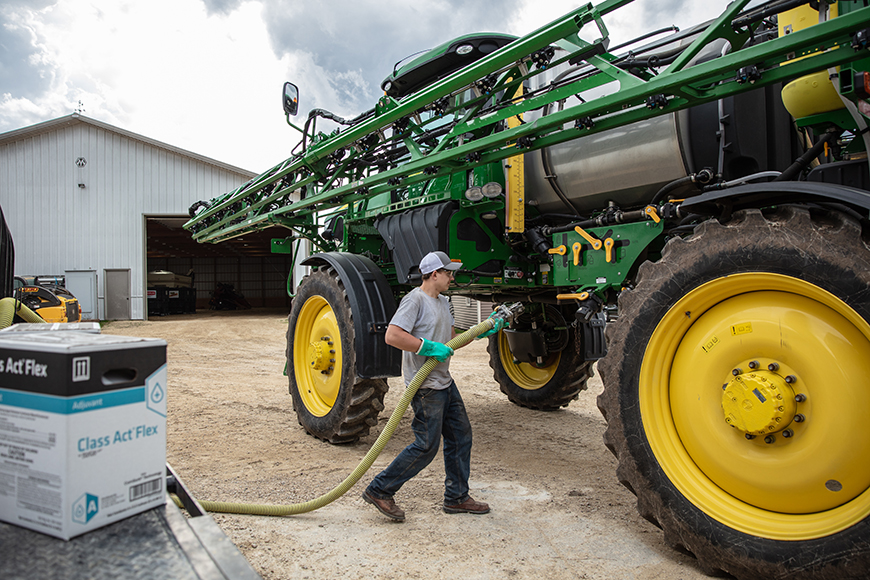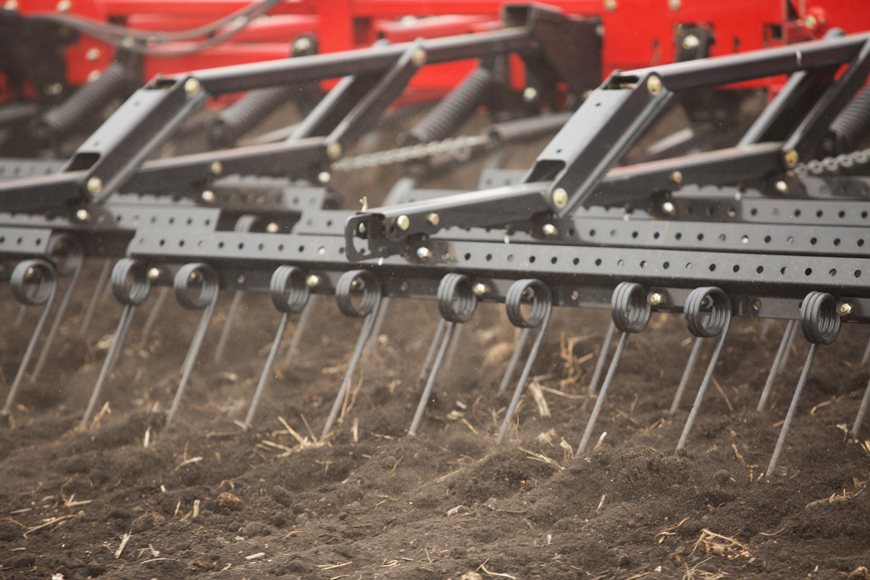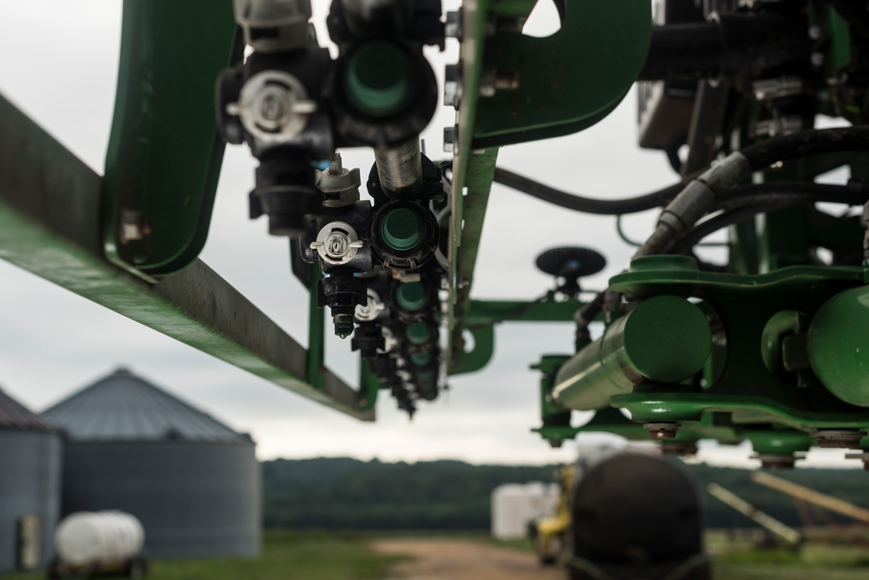Evaluating Hybrid Response to Fungicide Pays Off for a Minnesota Farmer

As a seed advisor, it’s my goal to help farmers get the most from every acre. When one of my farmers was looking for ways to find incremental bushels on his farm, we started looking at the response-to-fungicide (RTF) scores for his corn hybrids to see where we could optimize management.
Trusting the data in RTF scores
Fungicide applications can help protect plants from diseases and can also help maintain plant health longer into the season. But it’s common to see inconsistent response to fungicide applications year-over-year for a variety of reasons. As I discussed the value of fungicides with my farmer, he questioned whether they’d actually pay off on his farm. His area often saw limited rainfall and disease pressure hadn’t typically been high, so he wasn’t sure the value was there.
We talked about the differences in hybrid response to fungicide applications and identified which of his hybrids had high RTF scores. Each year, WinField United tests over 200 hybrids to assess their response to fungicide applications. In 2018, we saw a -3.5- to 39.5-bushel-per-acre yield response depending on the hybrid.1 That’s a lot of variability, and it’s easy to see why knowing your hybrid’s RTF score can help improve your return on investment potential for fungicide applications.
Seeing the yield results
After evaluating in-season conditions, this farmer chose to apply fungicides on his moderate- and high-response hybrids. Armed with RTF scores, he felt more confident in his application decisions. At the end of the year, he saw a 20- to 22-bushel response on those fields where fungicides were applied. That yield response validated his approach to managing fungicide applications using RTF data and helped him proactively select seed for the following season.
To apply fungicide or not: Navigating tough decisions
Every management choice you make has a consequence, either positive or negative. Sometimes deciding whether or not to apply a fungicide isn’t an easy choice. For example, many farmers questioned whether fungicide applications made sense on late-planted crops this season.
For farmers in my area, I recommended using RTF scores to identify moderate- and high-response hybrids that would likely benefit from an application. If yield potential on those fields was expected to be good based on planting date and crop condition, I advised a fungicide application to help maintain plant health and stalk integrity later into the season. By evaluating conditions in-season and using RTF data to identify the most responsive hybrids, you can more confidently make those tough decisions. To learn more about planning fungicide applications with RTF data, contact your locally owned and operated WinField United retailer.
1. National average yield difference between fungicide application at V5/R1 and untreated control.
All photos are either the property of WinField United or used with permission.
© 2019 WinField United. Important: Before use always read and follow label instructions. Crop performance is dependent on several factors many of which are beyond the control of WinField United, including without limitation, soil type, pest pressures, agronomic practices, and weather conditions. Growers are encouraged to consider data from multiple locations, over multiple years, and be mindful of how such agronomic conditions could impact results. WinField® is a trademark of WinField United.






